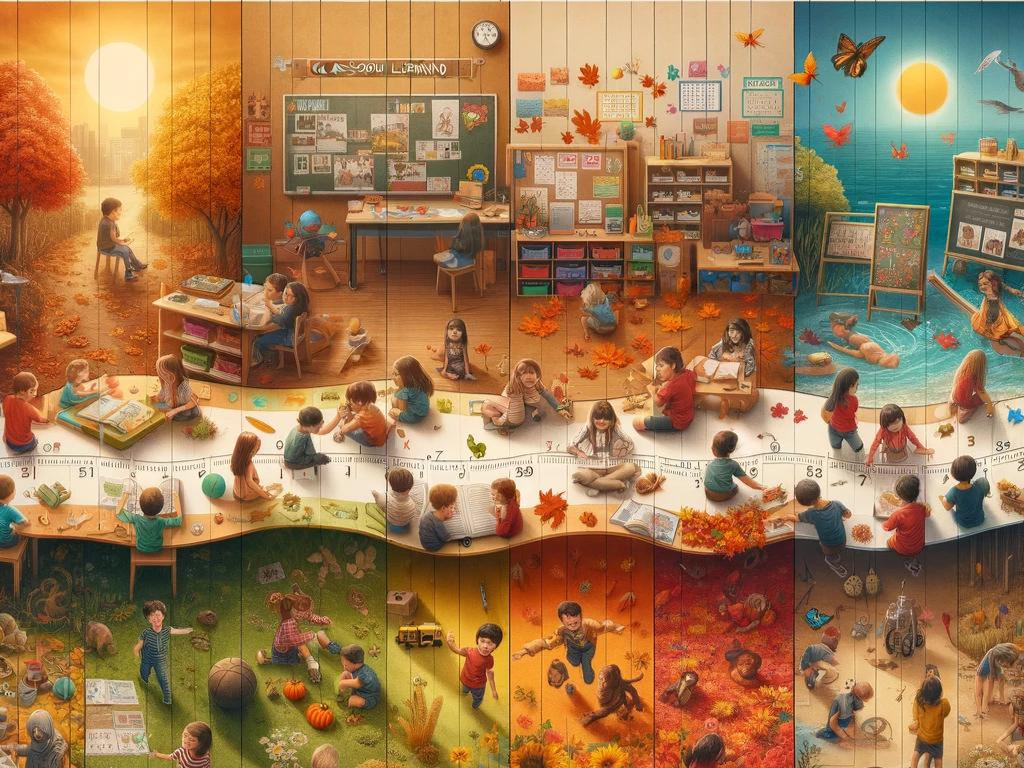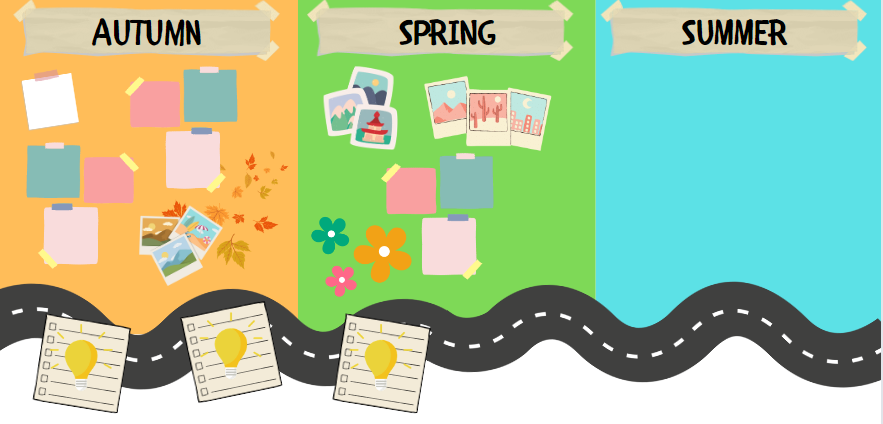A shared log of what has been learned helps children connect ideas and lessons across time and fosters a collaborative environment to help children construct more meaningful knowledge. Guest author, Roisín, reflects on a ‘reflection tool’ she has been exploring in her class.
Over the course of a full academic year, there are many lessons, activities and memories that will forgotten about as time goes on. With a busy classroom environment and with all the objectives to be met, some of the lessons and activities, and indeed the key ones with the ‘lightbulb moments‘, can be lost in the haze of day to day school life.

The new curriculum has been making me rethink things. An idea recommended to me earlier this year was that of developing and maintaining a classroom timeline.
Now this could be interpreted in a few different ways depending on the class level you have. At first, I took this to mean a ‘historical events’ timeline – an age appropriate display built on as we delve into the variety of SESE topics. Of course, that would make for a lovely and useful display in any area of your room.
However, after some discussion and further development, the idea of an individual classroom timeline was born…. my ‘lightbulb moment’.
Essentially, I would be making the outcomes of the long and medium term planning visible in a form both I and the children can share, use and refer to. More than a list of topic titles, I also wanted to aim to capture more of what was being received by the children and to mark the important learning moments for them to better aid in them activating their prior knowledge in the future…. a memory line of their learning.
An idea into action
My initial approach to experiment with the idea involves the months of the school year represented along a timeline-like structure in an area of the classroom that is visible on a daily basis. I will develop things more fully next school year.
My own idea was to put this timeline above my interactive whiteboard at a height where space wouldn’t ordinarily be used. Each week we add one photo, a key learning note or a reminder of a ‘lightbulb event‘ under that month.
Mine has too many photos of kids to share in public, but here is the idea.

Week on week, this is built upon and by the end of each month there are four or five photos of the learning experiences that took place in your classroom. The amount of photos could always be extended, however, think specific with your photos. Their purpose is to showcase the learning that has occurred, as they see it, not just random photos… their milestones.
A simple reflection from a whole class perspective at the end of the week can determine the photo or feature/s of the week to be added. Perhaps the student of the week could be the one to put it up?
As the year progresses, or depending on the class level, a simple strip of paper could be added under or above each photo with what was happening or describing the learning objective. Any visitor to the room should be ‘wowed’ at a glance of what has been taking place within your class. The children could easily showcase this too!
Extending the ideas across years
As a class moves through the school, to the left of the timeline you might like to include a few pictures from each class that they’ve passed through as a means of reinforcing the idea and function of a ‘timeline’.
As an extension, and if you’re used to working with tech, you could include a virtual timeline on apps such as Google Drive, Google Classroom, Seesaw, or similar and make it accessible to parents. This creates a home-school link and allows the kids to share their learning at home too!
So there you have it, a collaborative way to both share learning and show progress in your classroom in a fun, visual… and connected way! Piaget & Vygotsky would be proud!
Let us know what you think in the comments.


Leave a Comment